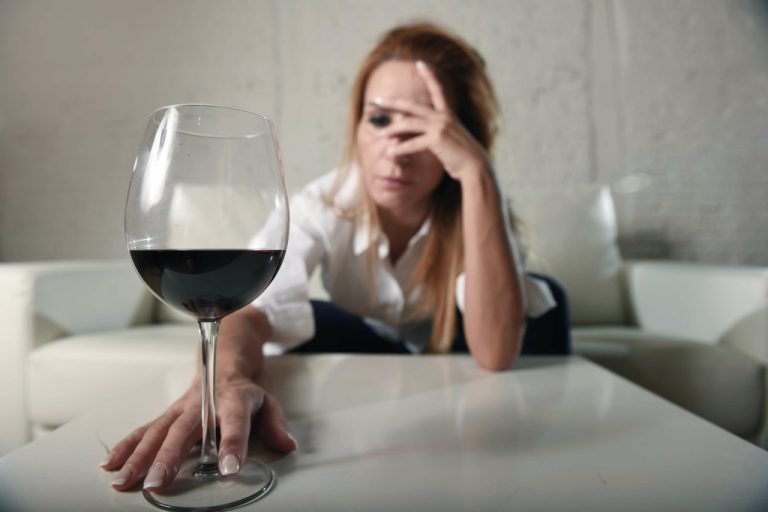Content
Sober living homes are run privately or as a part of a continuum of care from an addiction treatment provider. A sober living home allows a person to apply skills learned in treatment to real life in a less triggering environment. Sober living homes offer more privacy and professional support than halfway houses. Many individuals attempting to abstain from alcohol and drugs do not have access to appropriate housing that supports sustained recovery.
What is the success rate of staying sober?
Addiction specialists cite success rates slightly higher, between 8% and 12%. A New York Times article stated that AA claims that up to 75% of its members stay abstinent. Alcoholics Anonymous' Big Book touts about a 50% success rate, stating that another 25% remain sober after some relapses.
In a recovery housing model, residents offer and receive support from their peers and leaders in their community. Research has discovered that communal living can help decrease substance abuse and incarceration rates, and increase employment rates. It can also help individuals hone their coping skills, learn how to communicate effectively, and trust themselves. Recovery and sober living homes can empower individuals to get the help they need, and the aftercare required to complete rehabilitation. Having a solid support system and a safe living environment allows residents to grow, and to get the accountability they need to sustain sobriety.
Assessing the Impact of the Community Context
Safe Communities has made an extensive list for the three major steps in recovery, community based recovery houses, employment resources, and post recovery housing. When a person’s body and brain have been exposed http://tochka-na-karte.ru/modules/travel/weather.php?hotel_id=1342760 to drugs and alcohol, there are long and short-term effects that you’ll live with for the rest of your life. Some of these issues include difficulty making the right decisions, which can lead to a relapse.
- Many people finishing treatment are nervous and scared to make the transition back into the real world because they fear they’ll fail.
- There are a few of them that offer some therapeutic treatment and support, but in most cases, it is not available.
- Second is to expand on these findings by considering potential implications of our research for inpatient and outpatient treatment and for criminal justice systems.
Sunnyside provides a simple but structured approach to help you drink more mindfully. Discover more energy, restful sleep, and improved wellness with a plan designed to fit your life. Download our outcomes study and learn more about how The Last House for Men in Los Angeles can help you or your loved one on their path to success in recovery. 87% of respondents indicated they were abstinent from drugs & alcohol after treatment.
What is a Sober Living House?
A treatment program that offers a high level of care, such as residential rehab, can help build a strong foundation for individuals seeking to recover from substance use problems. True recovery begins once an individual completes a treatment program and is ready to take on greater responsibility and independence for their sobriety. Homeless people with substance use disorders have higher risks, exacerbated further if there are criminal justice issues.

For individuals struggling with addiction to alcohol and drugs, Harris House helps people achieve sobriety and become healthy and productive individuals. Since our founding in 1961, Harris House has grown to become a top-rated non-profit treatment center. http://panteres.com/article/118-25-most-useful-kitchen-dispensers homes require residents to give back to the community of the house in some way, completing household chores, planning house meetings or preparing meals. Most sober living homes offer a three-month stay, while others are shorter or longer, depending on progress in recovery.
